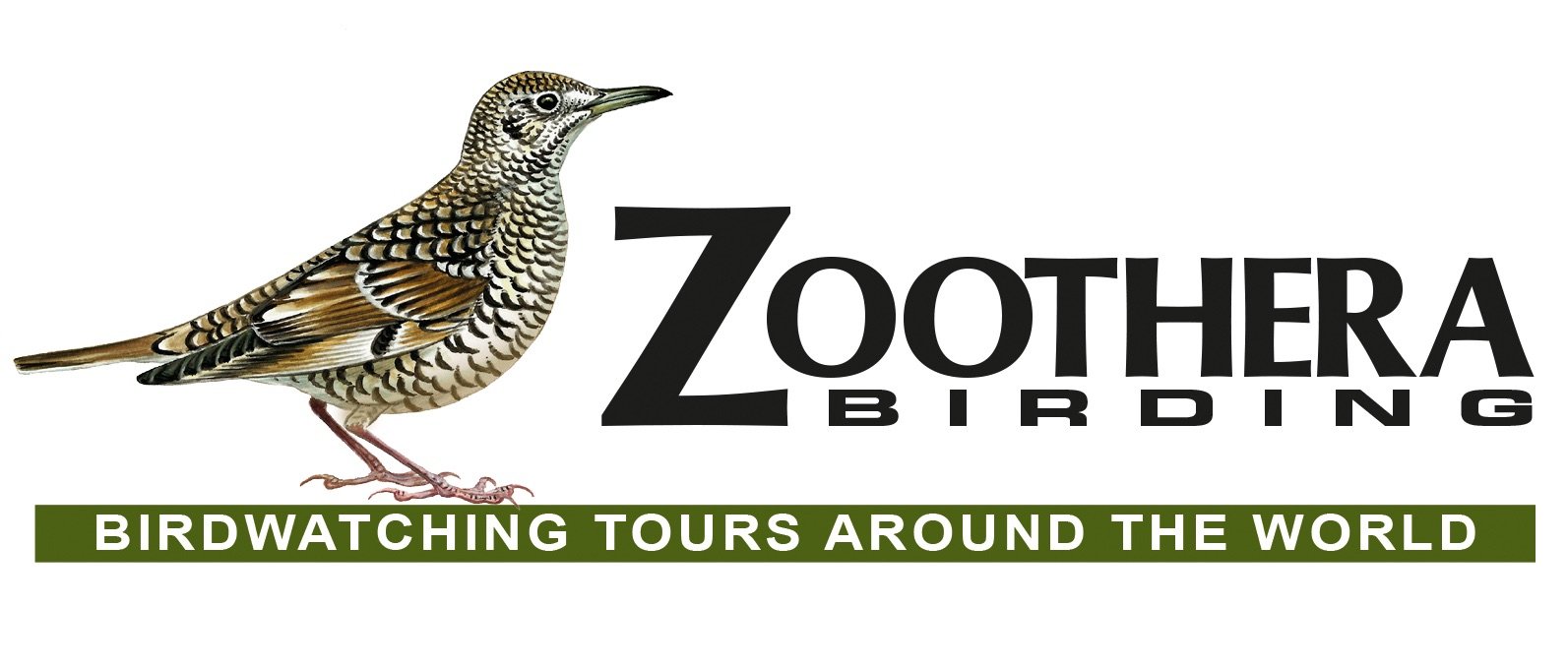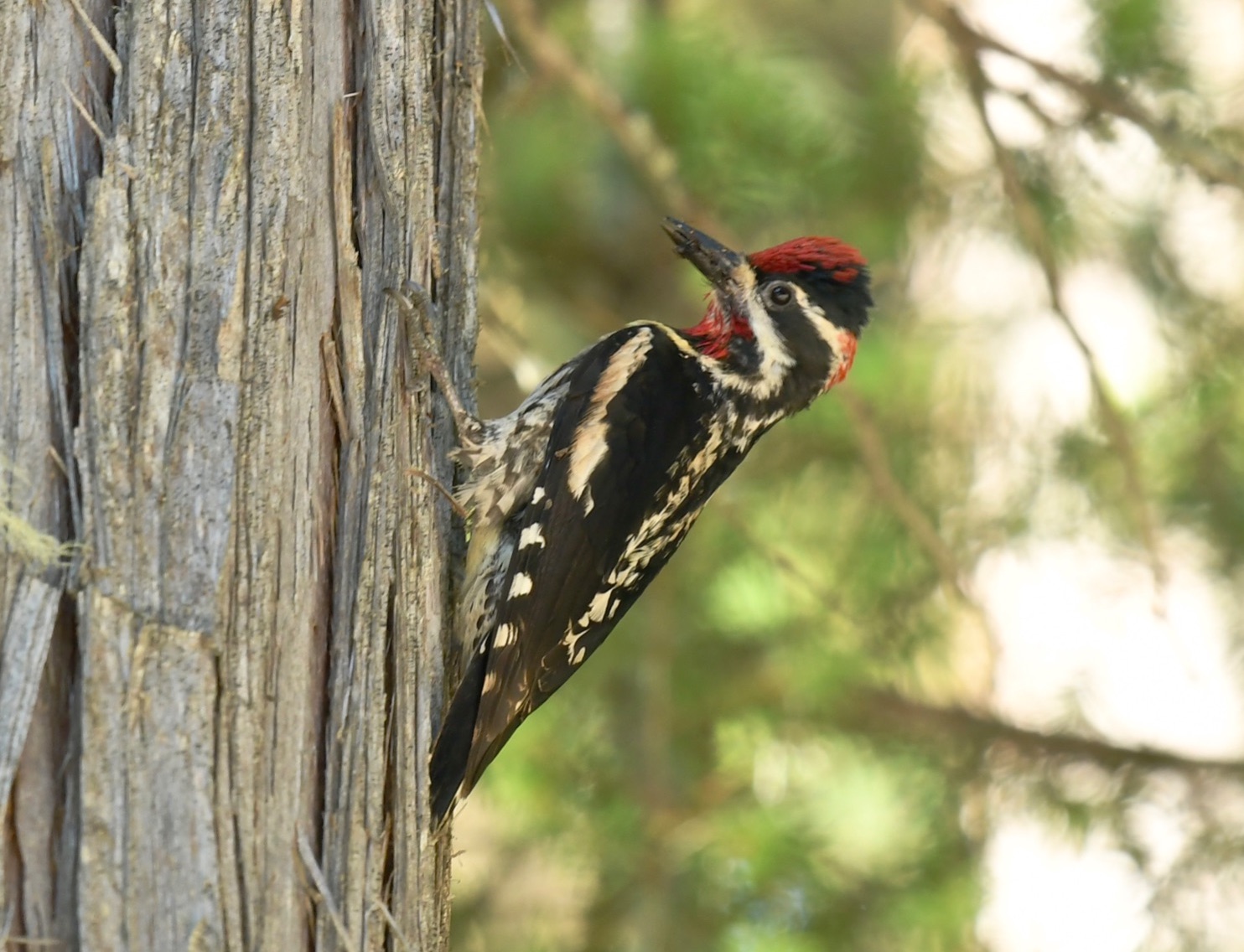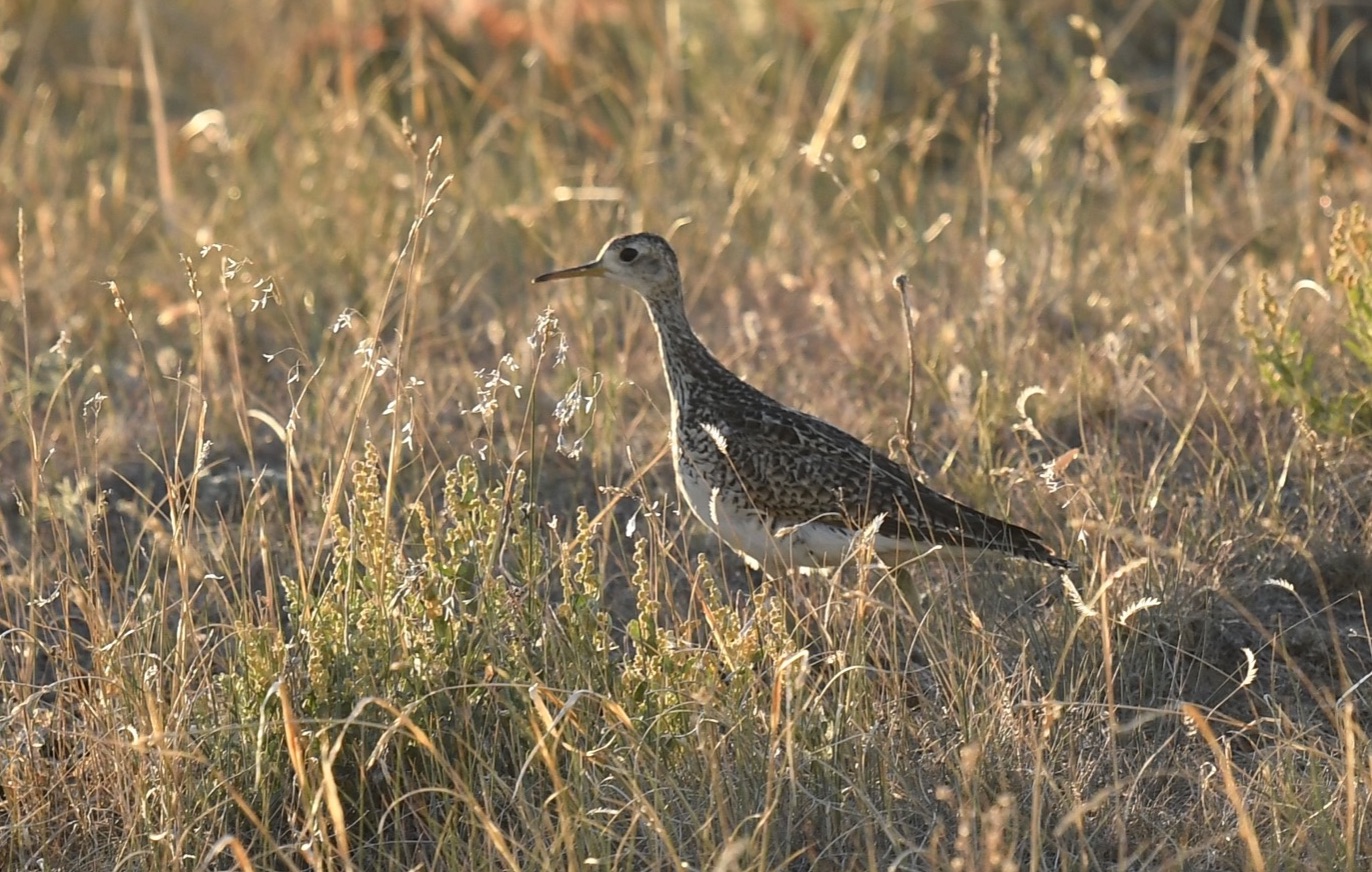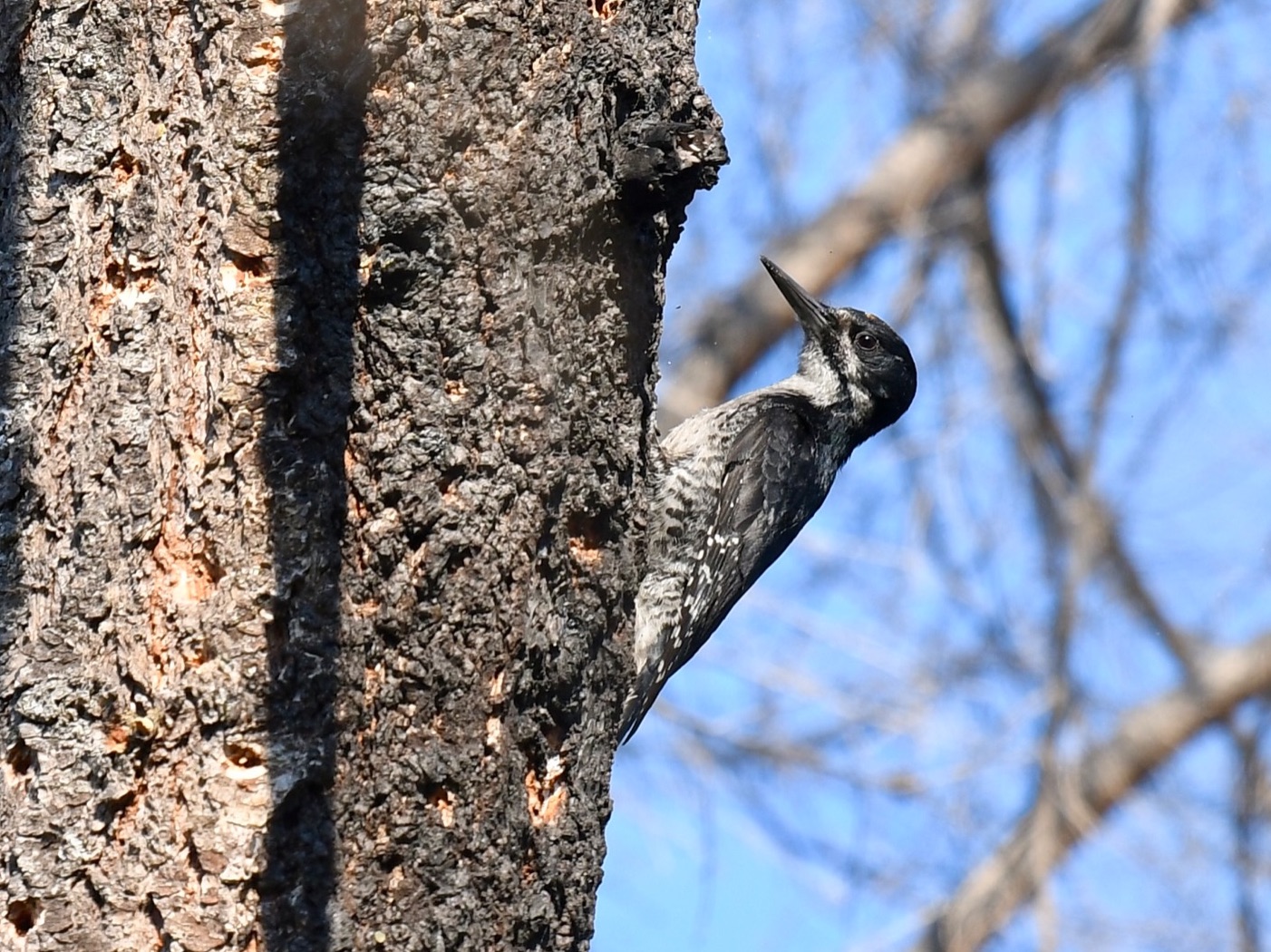USA - EPIC MID-WEST CLEAN-UP TOUR
Minnesota, North Dakota, Montana, Idaho & Utah
DAY 1 ARRIVAL IN MINNEAPOLIS (MINNESOTA) - 19th June
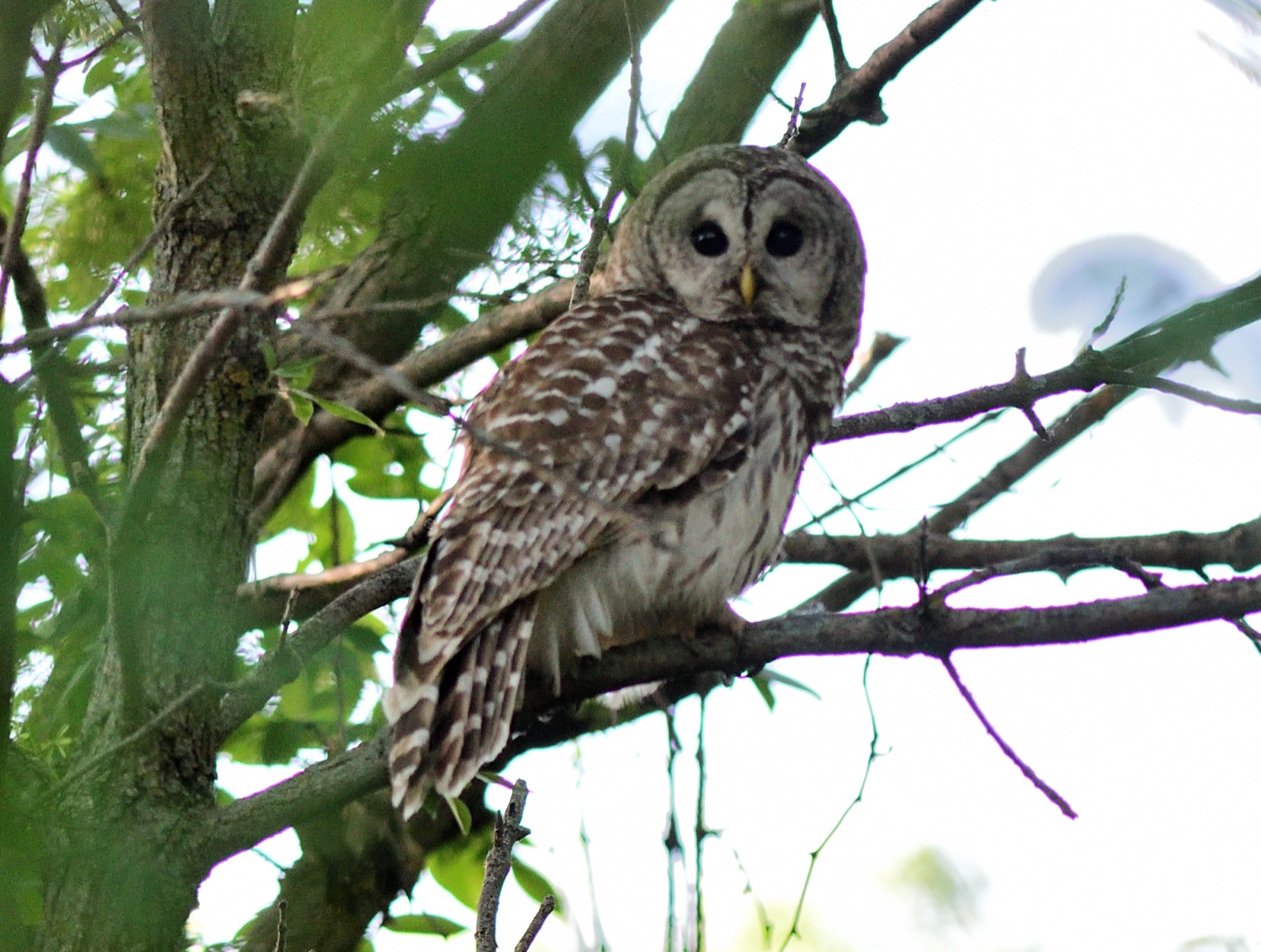
Following our arrival into Minneapolis, we will check-in to our conveniently situated motel where we will meet at 6pm for dinner. Afterwards we can head down to a nearby parkland as there's owling to be done with species such as Great Horned Owl, Barred Owl and Eastern Screech Owls all in the immediate vicinity. Night in Minneapolis.
DAY 2 MURPHY-HANREHAN PARK RESERVE - DULUTH
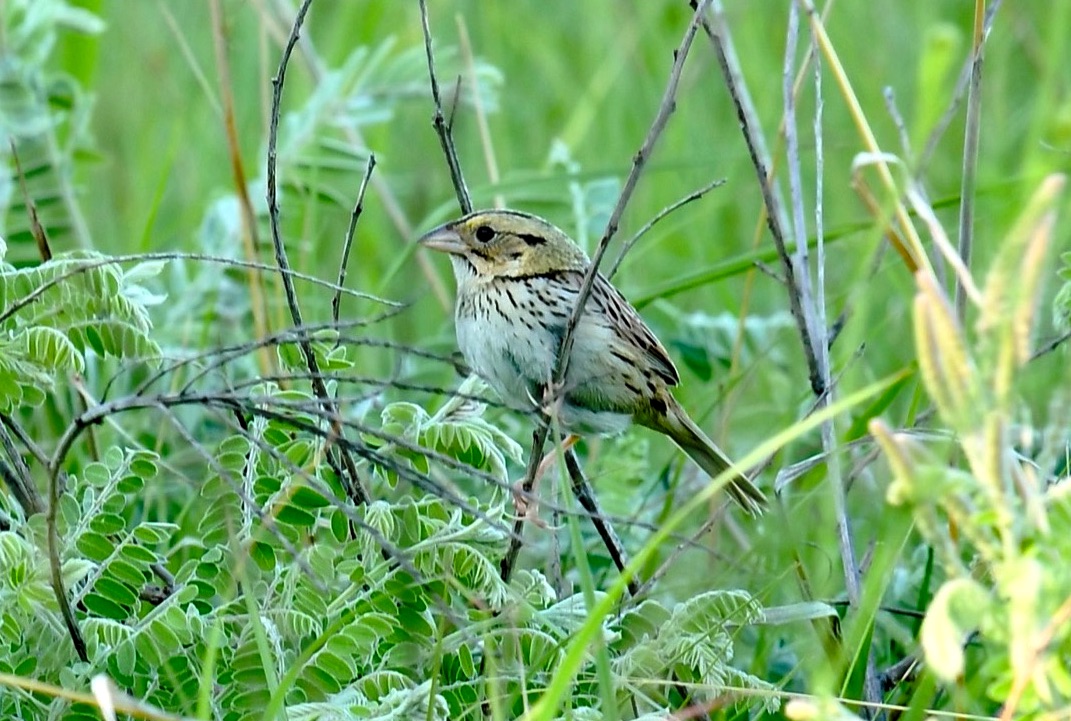
This morning we will visit Murphy-Hanrehan Park Reserve – where we have a good chance of finding Henslow's Sparrow. It's a great site for an early morning walk as we can add a number of more easterly species to our lists and one of the best ones is Cerulean Warbler, another tricky North American bird to find. We could also find Hooded Merganser, Wood Duck, Canada Goose, Red-shouldered Hawk, Ruby-throated Hummingbird, Red-bellied and Pileated Woodpeckers, Vaux's Swift, Eastern Kingbird, Acadian Flycatcher, Blue-grey Gnatcatcher, Wood Thrush, Hooded Warbler (the only breeding site in the state), Eastern Towhee, Black-capped Chickadee, Orchard Oriole and Field Sparrow amongst others. Once we have finished here we will make an attempt at seeing any previously reported rarities in the area or possibly visit a couple of sites on our way to Duluth, which is a particularly productive route and could give us Trumpeter Swan, Bald Eagle, Black-billed Cuckoo, Belted Kingfisher, Sandhill Crane, Great Crested Flycatcher, White-breasted Nuthatch, Cedar Waxwing, Swamp Sparrow, Grasshopper Sparrow, Scarlet Tanager, Northern Cardinal and Indigo Bunting amongst many others. By the time we reach our secluded accommoation in the middle of Sax Zim Bog, we could all be in need of a nice ice-cold beer! Night in Sax Zim Bog!
DAYS 3 – 4 SAX-ZIM BOG

One bird is synonymous with SaxZim Bog in the late springtime, and that is Connecticut Warbler. This is the nemesis of many, many birders but from late May there should be several males singing high up from their perches in the conifers - hopefully not too far away from the road. Wellies will most definitely be required! But there's plenty more to see here amidst the forests of northern Minnesota and high on our list of priorities will be Great Grey Owl, Yellow-bellied Flycatcher, Canada Jay and LeConte's Sparrow. Warblers are well represented and we could see around 20 species including such stunners as Golden-winged, Mourning, Canada, Blackburnian and Chestnut-sided amongst others.
Other species present include Ruffed Grouse, Bald Eagle, Mourning Dove, Cooper’s Hawk, Wilson’s Snipe, HairyWoodpecker, American Three-toed Woodpecker, Eastern Wood Pewee, Olive-sided, Alder & Least Flycatchers, Eastern Phoebe, Eastern Kingbird, Tree Swallow, Blue-headed Vireo, Eastern Warbling Vireo, Red-eyed Vireo, Blue Jay, Black-billed Magpie, Cliff Swallow, Golden-crowned Kinglet, Red-breasted Nuthatch, American Crow, Black-capped Chickadee, Sedge Wren, Veery, Hermit Thrush, American Robin, Brown Thrasher, Song, Swamp, Chipping, Clay-coloured, Lincoln’s & White-throated Sparrows, Red-winged Blackbird, Purple Finch, American Goldfinch, Ovenbird, Black-and-white Warbler, Nashville Warbler, Common Yellowthroat, American Redstart, Cape May, Magnolia, Bay-breasted, Yellow and Black-throated Green Warblers, Rose-breasted Grosbeak and Brown-headed Cowbird. On one of these evenings we can take the 90 minute drive across the state border into Wisconsin where we hope to get excellent views of Eastern Whip-poor-will, as well as breeding-plumaged Common Loon, American Woodcock, American Nighthawk and Cedar Waxwing. Somewhere along our route we will make a special effort to find Eastern Poorwill as well.Nights in Sax-Zim Bog.
DAYS 5 - 6 SAX-ZIM – GRAND FORKS (NORTH DAKOTA)
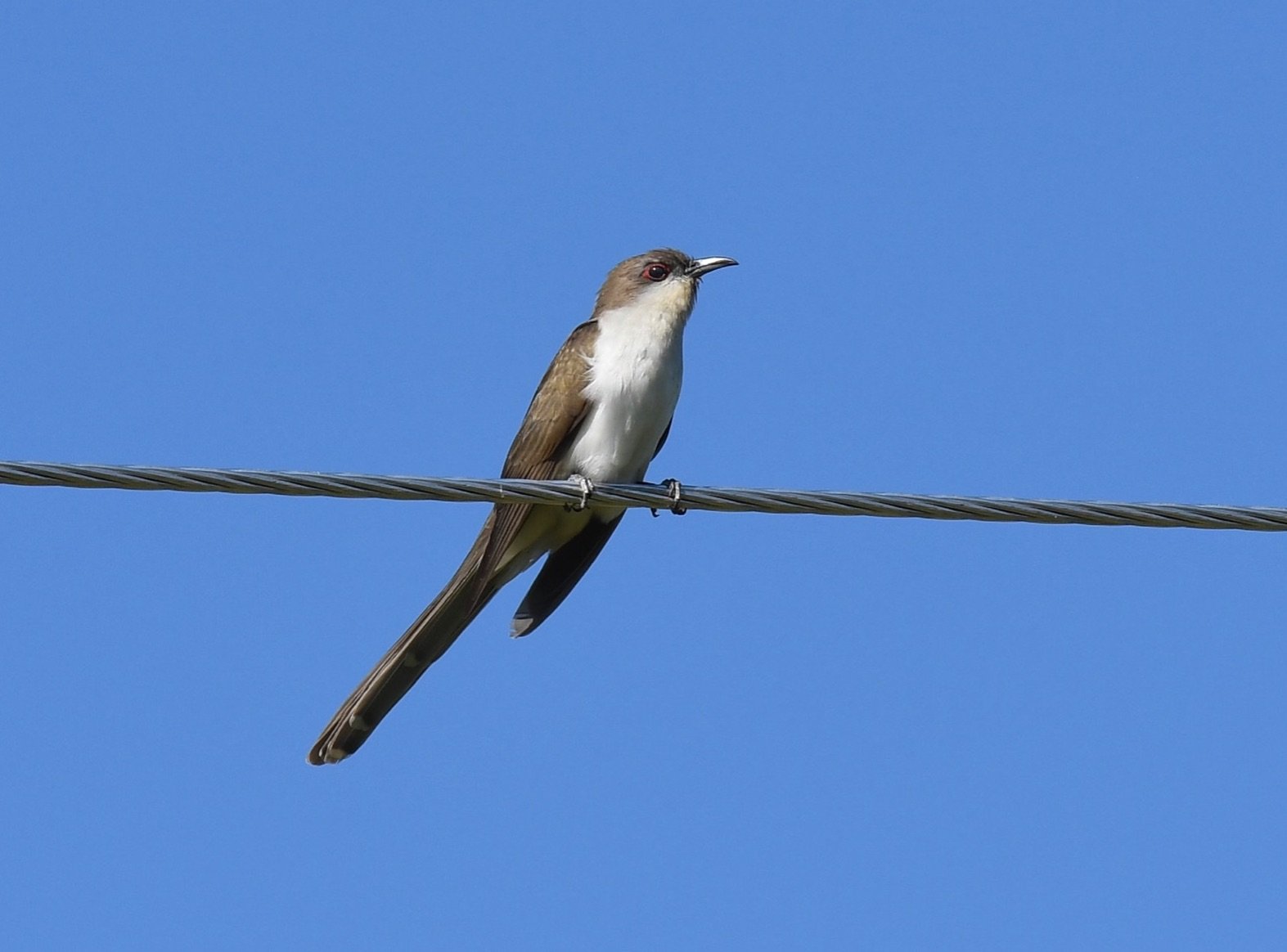
Again it depends on which of our main targets are for this area that have so far eluded us. This morning offers a great chance of finding Henslow's Sparrow for instance, and on previous tours we’ve had great views of Black-billed Cuckoo, Ovenbird, Chestnut-sided Warbler and White-breasted Nuthatch as well, so we can keep our options open. We could also visit Rice Lake National Wildlife Refuge, whose deciduous woodlands and scrubby grasslands hold species such as Black-billed Cuckoo, Eastern Wood-Pewee, Great Crested Flycatcher, Scarlet Tanager, Rose-breasted Grosbeak and Clay-coloured Sparrow. There’s also Rothsay State Wildlife Management Area that has Swamp, Clay-coloured, Grasshopper, Henslow’s and Le Conte’s Sparrows, as well as more Bobolinks.

If everything has gone to plan then we might set off early on the longish drive of 5 hours into North Dakota and our base for the next couple of nights in Grand Forks. We aim to reach our next motel by mid-afternoon, giving us an hour or two to rest before heading out into the surrounding prairie & marshes, calling on to Kelly’s Slough & Chase Lake to look for Eared & Western Grebes, American White Pelican, Lesser Scaup, Green-winged Teal, Ruddy Duck, White-faced Ibis, Virginia Rail, Wilson’s Phalarope, Eastern Willet, Northern Harrier, Franklin’s Gull, American Black Tern, Marsh Wren, Yellow-headed Blackbird and the main prizes of Nelson’s Sparrow and possibly our first attempt at Sprague’s Pipit..
There's a vast network of dirt roads that crisscross the prairies and marshes and you will be totally stunned by the sheer volume of birds present, and high on our target list will be species such as Greater Prairie Chicken, Sharp-tailed Grouse and Nelson's Sparrow. As we bird our way around various sites we could also see Pied-billed & Red-necked Grebes, American Bittern, Canvasback, Redhead, Swainson’s Hawk, American Avocet, Solitary & Upland Sandpipers, Marbled Godwit, Short-eared Owl, Grasshopper Sparrow, Chestnut-collared Longspur, and hopefully find Dickcissel which in some years can be quite numerous. We will also check out a local park for Red-headed Woodpecker as well. Night in Grand Forks.
DAYS 7 – 8 GRAND FORKS – JAMESTOWN
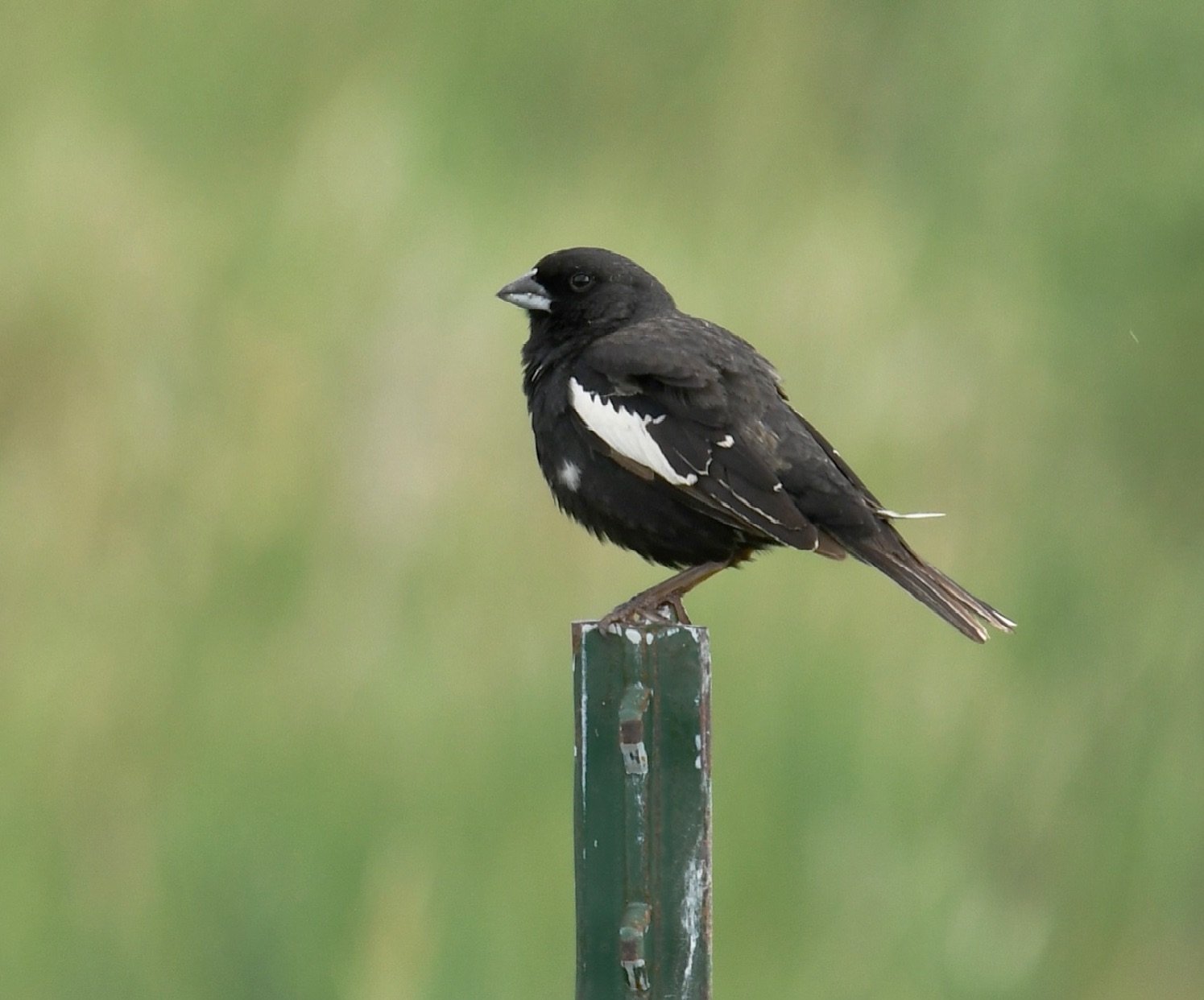
The further west into the vast, open prairies we go will give us better odds of finding Sprague’s Pipit and Chestnut-collared Longspur, as well as many previously seen species. One of the features of this region is the high number of species, either in the grasslands or numerous lakes and marshes we pass. There are also numerous reserves dotted all across the American mid-west and we will no doubt visit several including Arrowwood National Wildlife Refuge, just to the north of town, where we will hope to find Grasshopper Sparrow, Upland Sandpiper, Dickcissel and perhaps more shorebirds and there is a Sharp-tailed Grouse lek here. This area is the epicentre for Yellow Rail, although the chances of seeing one are extremely small but we could well hear one calling. We’ll most likely visit Kelly’s Slough National Wildlife Refuge for species such as American Avocet or Marbled Godwit and even Nelson’s & LeConte’s Sparrows.
Key species to find over these couple of days include Sprague’s Pipit, Grasshopper Sparrow, Baird’s Sparrow & Nelson's Sparrow, Lark Bunting and Chestnut-collared Longspur. We also have good chances of Sharp-tailed Grouse in this area and from here on eastwards we get a better shot at seeing Greater Prairie Chicken too. In between searching for our targets we will explore several great spots that hold species such as Western, Clark's, Red-necked and Eared Grebes, American White Pelican, American Bittern, Sora & Virginia Rails reside here, Franklin's Gulls look stunning in breeding plumage, and we'll also visit an area where a colony of American Black Terns give point-blank views. Meanwhile, Sedge and Marsh Wrens are numerous, Bobolinks are common but no less stunning, and Yellow-headed Blackbirds could give you a headache with their raucous calls! The marshes and wetlands literally teem with birds and there's Marbled Godwits, Willets and Wilson's Phalaropes breeding here, and we may well pick up a few northbound migrants somewhere. Raptors can include Northern Harrier and Red-tailed, Swainson’s and Ferruginous Hawks, whilst for anyone interested in bumping up their USA list we might see Grey Partridge too!
DAY 9 JAMESTOWN – GLASGOW (MONTANA)
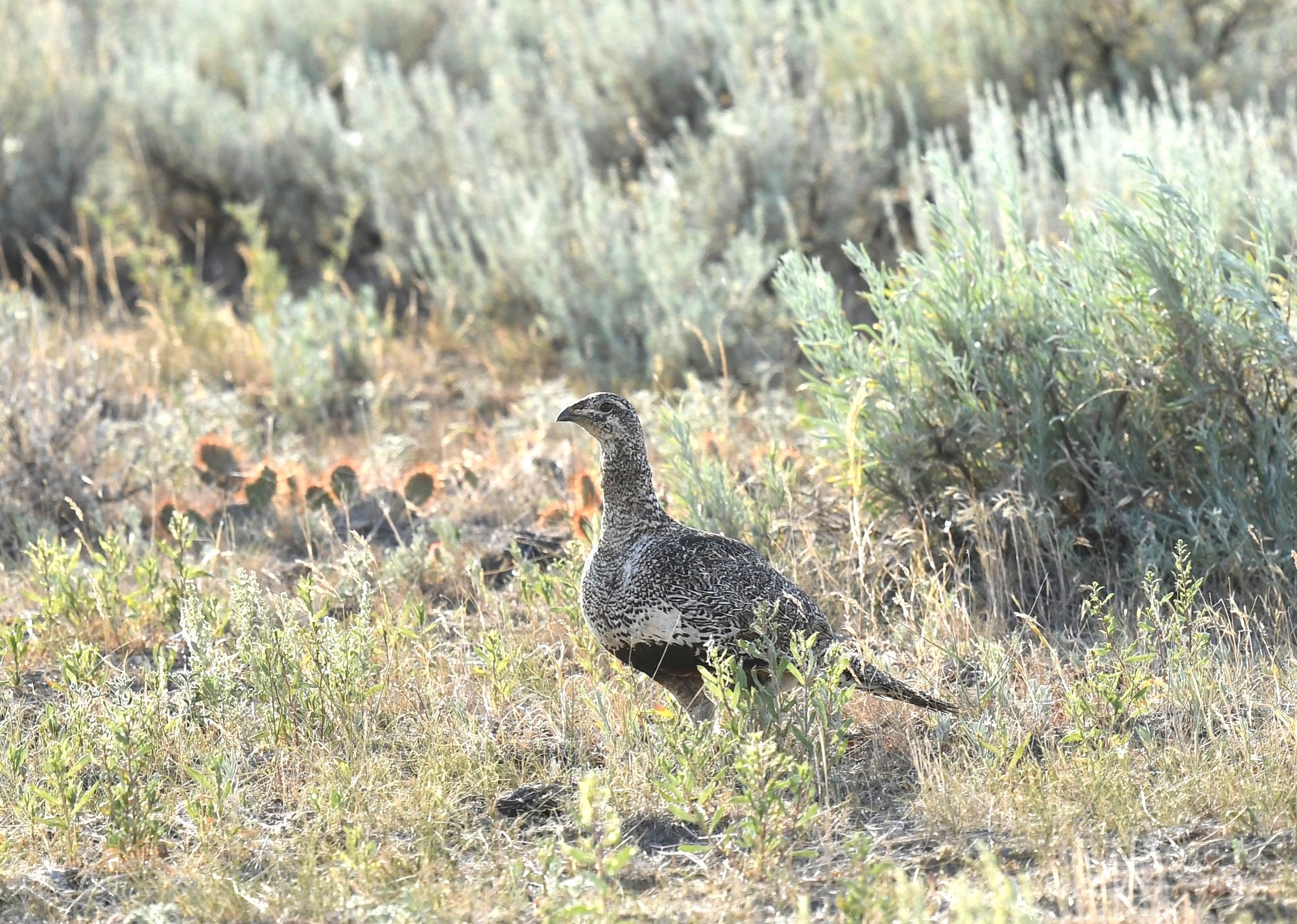
It's a long drive to Glasgow and it will take all morning to get there, so we might make use of the first couple of hours to mop up any species we still need in this superb area before driving along good highways into Montana and our destination of Glasgow. Reaching our motel in the early afternoon will allow us a siesta and get some much needed sleep before setting out in the late afternoon to the nearby Bentonite Road and it is here that we have really pinned our hopes on seeing a number of key species. This dirt road goes a long way out into the desert and takes us into perfect habitat for a number of special birds. It's a very reliable spot for Greater Sage Grouse and we expect to see several of them patrolling the roadside areas. Another bird high on our wish list is Mountain Plover and we will spend some time scanning the valley floors for this nomadic species. There's also the rare Baird's Saprrow present in small numbers, whilst both Chestnut-collared and a few Thick-billed Longspurs occur, but Lark Buntings will probably outnumber all of these! There should be one or two Upland Sandpipers displaying in the area, along with Marbled Godwits and Long-billed Curlews, whilst several small ponds may well have a few shorebirds such as Greater or Lesser Yellowlegs, Solitary or Spotted Sandpipers, as well as some wildfowl. Sparrows are well represented with Lark, Brewer's and Vesper all present. Other species present in this habitat include Golden Eagle, Prairie Falcon (although it is sparsely distributed), Loggerhead Shrike and Say's Phoebe. And at dusk we will head to a good area to look for Common Poorwill. Night in Glasgow
DAY 10 GLASGOW – GLACIER NATIONAL PARK

Another long drive beckons, but we will spend the first couple of hours after sunrise around Glasgow. A nearby site has an auto-tour route around a huge lake that literally hosts thousands of Wilson's Phalaropes. But this site is one of the best for Baird's Sparrow and it is worth the effort of doing the 15-mile auto-tour loop to see this often exceedingly tricky and shy species. We'll probably also see Grasshopper Sparrow here too. Or we might return to Bentonite Road, hitting it at daybreak when species are more active. Once we are finished we will set out towards Glacier NP and our base near Whitefish Point where we will stay for 4 nights.
Days 11 - 13 FLATHEAD LAKE - GLACIER NATIONAL PARK

We will be leaving super early this first morning and heading into Glacier National Park. There are exciting species to see here set amidst the most spectacular scenery of the tour. Lofty, snow-capped mountains dominate a landscape of alpine meadows, dense coniferous forest, fast-flowing rivers and tumbling streams and we will explore numerous trails, side-roads and campgrounds in search of a tremendous variety of species. The birdlist here is almost like an avian Who's-Who and we will look for Barrow’s Goldeneye, Harlequin Duck, White-tailed Ptarmigan (and we hope the road is open to drive high enough), Spruce Grouse, Dusky Grouse, Northern Pygmy Owl, Northern Saw-whet Owl, Flammulated Owl, Rufous Hummingbird, Black-backed Woodpecker, American Three-toed Woodpecker, Red-naped Sapsucker, Williamson’s Sapsucker, Mountain Bluebird, Cordilleran Flycatcher, Boreal, Mountain and Chestnut-backed Chickadees, Varied Thrush, Pacific Wren, Evening & Pine Grosbeaks, White-winged Crossbill and Grey-crowned Rosy-Finch amongst many other possibilities. Nights at Whitefish Point.
DAY 14 FLATHEAD LAKE – BIG SKY

We have various options today depending on which species we still need and if we aren't in a rush we can visit Bridger Bowl Road for Evening Grosbeak or we could take the rough track towards Sacagawea Peak where Dusky Grouse, Rock Wren, Golden-crowned Kinglet and Mountain Bluebirds reside, and there's another chance of Black Rosy-Finch, which requires a bit of a hike up above the treeline. But getting to Ridgwater early enough means we can visit North Crow Creek, another good site for Northern Pygmy Owl. Nearby, there are a couple of reservoirs which hold both Western and Clark's Grebes, a variety of wildfowl such as Canvasback, Redhead, American Wigeon and Green-winged Teal, Trumpeter Swan, as well as Bullock's Oriole and Lazuli Bunting. If we haven't seen it yet we can attempt to see Western Screech-Owl tonight. Night at Ridgwater.
Day 15 BIG SKY, MONTANA

We are heading to Big Sky this morning and our afternoon date with another chairlift and another shot at Black Rosy-Finch at Lone Mountain, perhaps one of the easiest places anywhere to see this species. Night at Big Sky, Montana.
DAY 16 BIG SKY - BURLEY (IDAHO)
It's worth spending the early morning chasing up a few species that don't stray further north along our route before setting out on the 4 hour drive south to Burley in Idaho. Our destination this afternoon will be the Albion Mountains just south of Burley and in particular one area that holds the recently split Cassia Crossbill. Split from Red Crossbill they favour older stands of lodgepole pine but are usually found in low density, so we will have to work for this bird. But we have a Plan B and Plan C, just in case.... Another good bird in these hills is the stunning looking Williamson's Sapsucker, which although is found over a very wide area throughout our tour, this is possibly the best site for us to see it. Another great bird we have several sites for is Lewis's Woodpecker, potentially the most beautiful of its species in North America. Other species we should expect to see include Hairy Woodpecker, Northern Flicker, Western Wood Pewee, Audubon's Warbler, Cedar Waxwing, Mountain Bluebird, Dusky, Hammonds & Willow Flycatchers, Pine Siskin, Western Tanager and Cassin's Finch amongst others. Once we've had dinner and a little rest we will drive just under an hour to a series of low hills and make our first attempt at Northern Saw-Whet Owl, and again if needed, Flammulated Owl. Night in Burley, Idaho.
DAYS 17 - 18 BURLEY – SALT LAKE CITY (UTAH)

We can have the morning chasing any species we still need before dropping down towards Salt Lake City and there’s lots of potential species here. At the northern reaches of the city we could call in to Bear Creek to get stellar views of Clark’s and Western Grebes, and there’s often a rarity around as well. Antelope Island State Park might also be worth a visit, even if it’s just for the herd of Bison present, and there’s also Pronghorn Antelope and Mule Deer here too.
We have a full day to explore numerous sites all within an hour's drive from our hotel. And our last chances of finding a Northern Pygmy Owl, which breeds high up in the mountains above Salt Lake City. If the cable car is working we could well take a ride and look for Black Rosy-Finch if still needed, but this is a really good site as they breed amidst some of the most dramatic scenery of the entire tour.
Depending on which other species are our priorities we have a fine supporting cast to look for including Calliope, Rufous, Black-chinned and Broad-tailed Hummingbirds, Western Kingbird, Grey, Dusky & Ash-throated Flycatchers, Green-tailed Towhee, American Black Swift, Grey & Plumbeous Vireo, Rock Wren, Pinyon Jay, Woodhouse's Scrub-Jay, Virginia's and Black-throated Grey Warblers, Juniper Titmouse, Western Tanager, Sagebrush, Black-throated & Brewer's Sparrow and Black-headed Grosbeak amongst many others. We can also search for Flammulated & Northern Saw-whet Owl as well, and there’s further chances of Common Poorwill nearby. Nights in Salt Lake City.
Day 19 END OF TOUR - 7th July
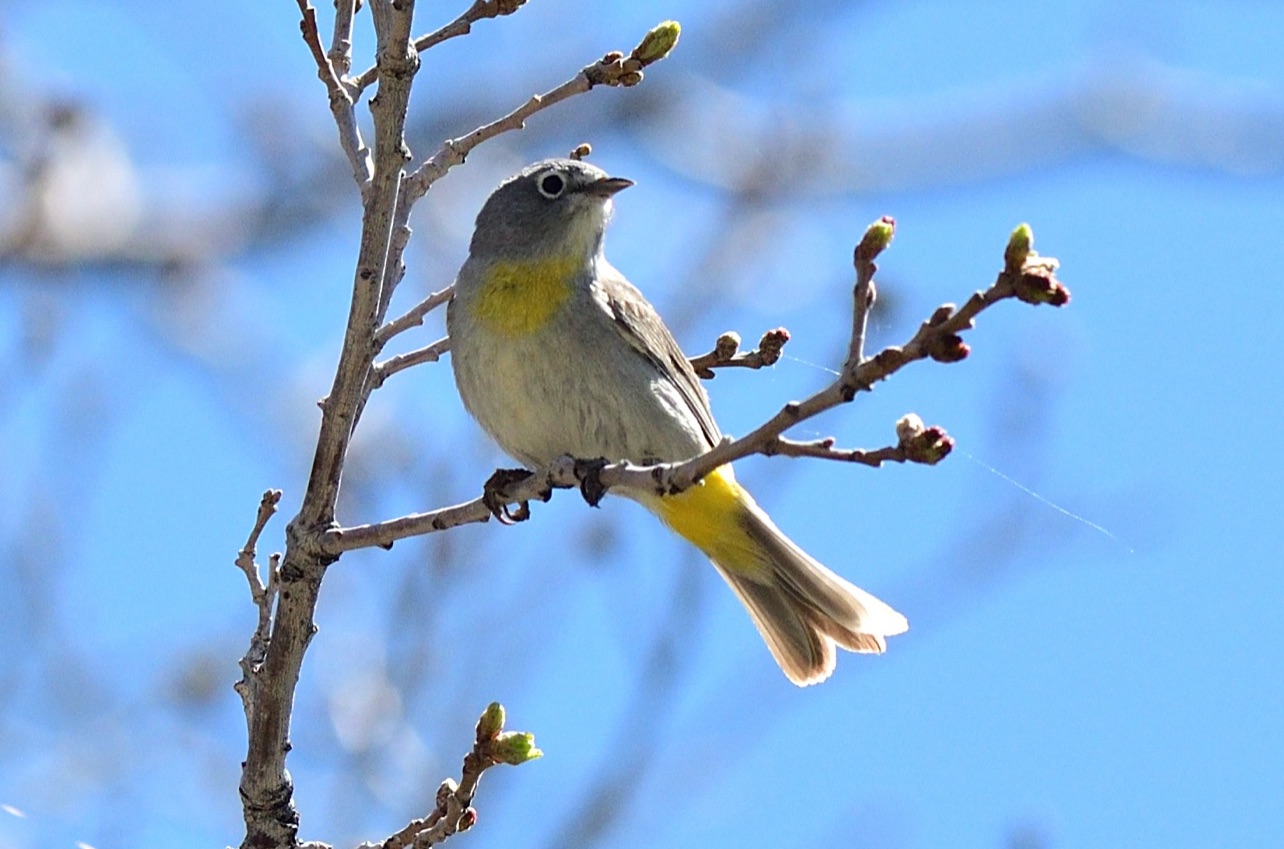
Depending on flight times we might have a couple of hours to chase our last targets before a quick dash back to the motel for a shower and final packing in readiness for our international flights back to the UK/Europe this afternoon and conclusion of an epic 6-state birdathon!
All photos copyright Nick Bray/Zoothera Birding.
